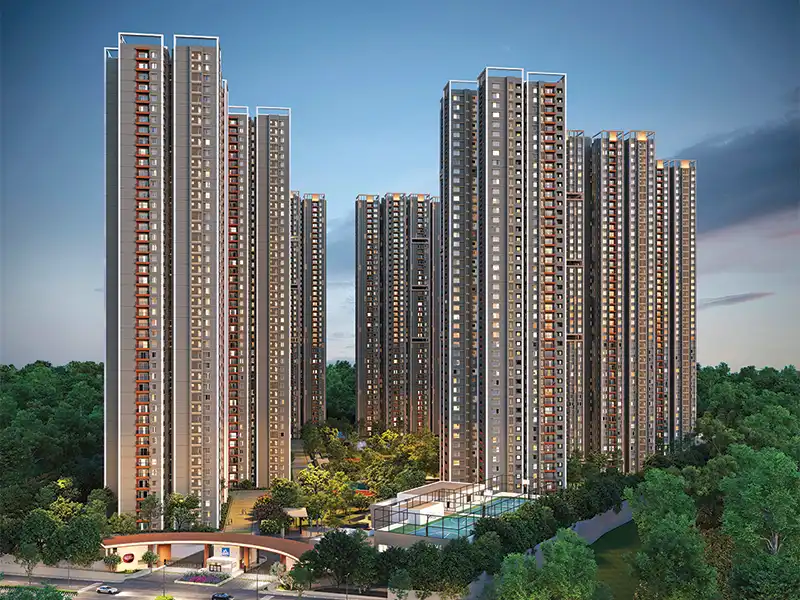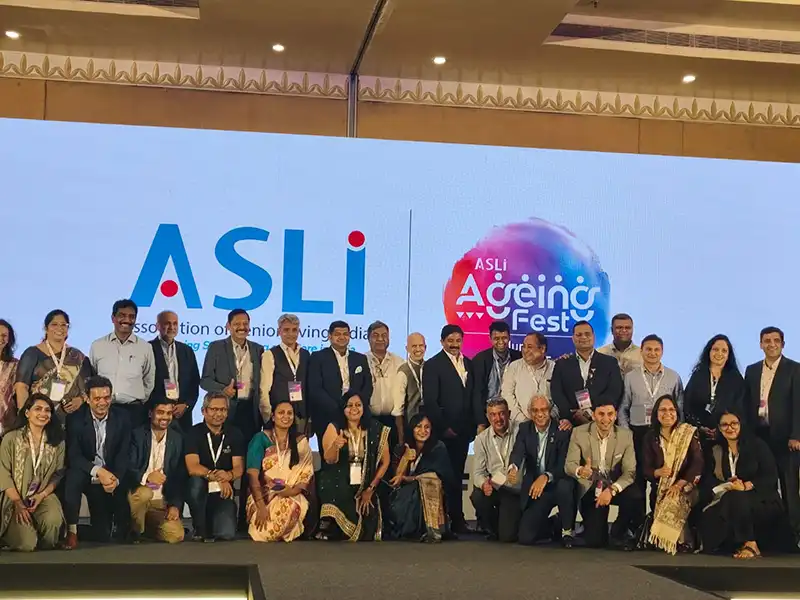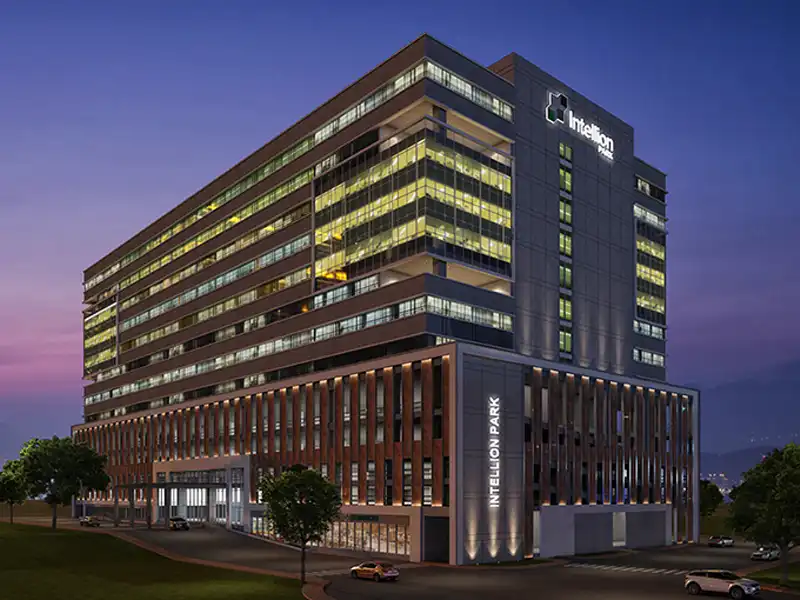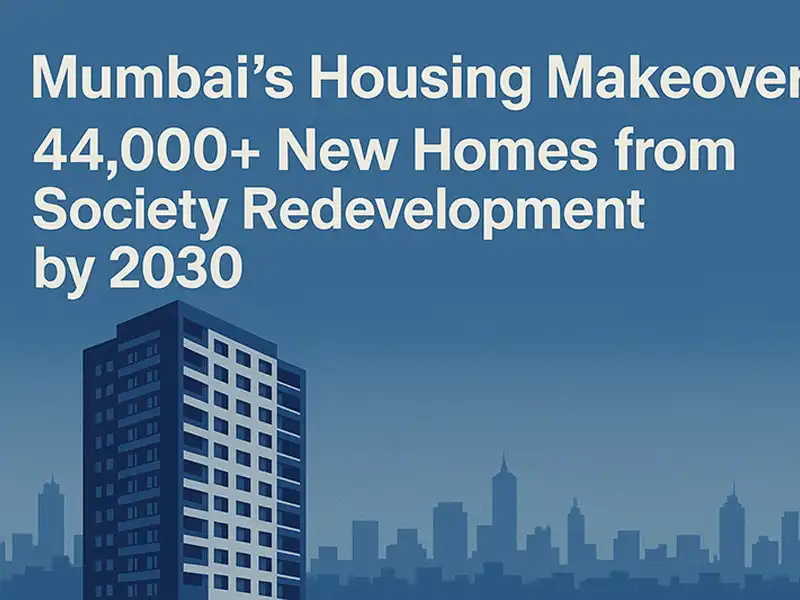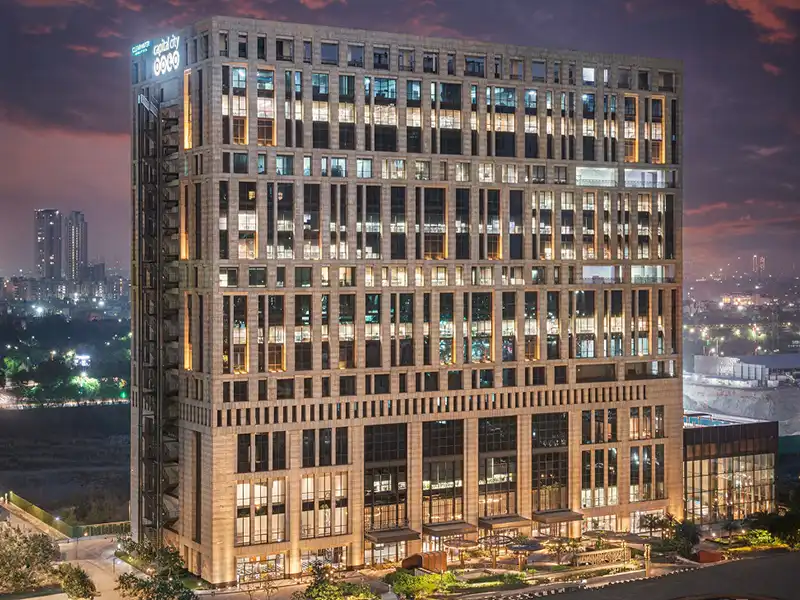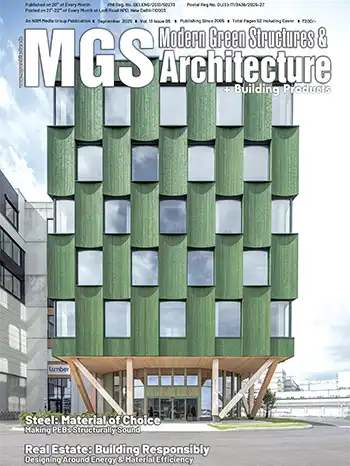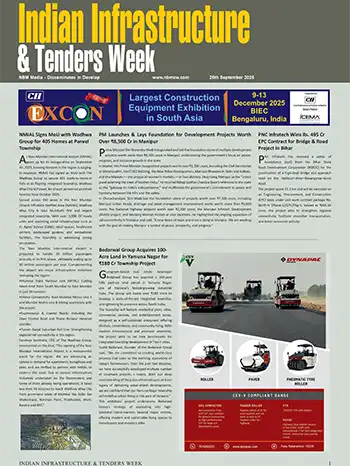Anoop Bhargava, Director & CEO, Empire Centrum

Rethinking Urban Planning: The Township Approach
Traditional urban planning has often focused on the development of isolated residential and commercial hubs, leading to a sprawling, car-dependent landscape. Township projects, on the other hand, take a more holistic and integrated approach to urban development.The key advantage of township projects lies in their ability to reduce the need for long-distance commuting. By bringing together various functions within a single, well-designed community, residents can access their daily needs without relying heavily on private vehicles. This, in turn, helps to alleviate traffic congestion on the city’s main arteries, as fewer people are compelled to travel long distances to reach their destinations.
Promoting Sustainable Mobility
As India’s urban population continues to surge, the challenge of traffic congestion in metropolitan areas has become increasingly pressing. Gridlocked roads, lengthy commute times, and rising pollution levels have become the bane of city dwellers. However, a promising solution lies in the rise of township projects, which are emerging as a game-changer in the quest to alleviate traffic woes and create more livable cities.Township projects are at the forefront of promoting sustainable mobility solutions. These developments often incorporate dedicated pedestrian and cycling infrastructure, encouraging residents to adopt active modes of transportation for their daily commutes. Additionally, many township projects are designed with efficient public transportation systems, such as intra-township shuttles and connections to the broader public transit network, further reducing the dependence on private cars.
The integration of smart mobility technologies, such as intelligent traffic management systems and shared mobility services, is another hallmark of well-designed township projects. These innovations help to optimize traffic flow, reduce congestion, and provide residents with convenient and eco-friendly transportation options.
By promoting compact, mixed-use development and sustainable mobility solutions, townships have the potential to transform the urban landscape, creating more livable, efficient, and environmentally friendly cities.
Anoop Bhargava, Empire Centrum
Fostering Livable Communities
Beyond their traffic-alleviating benefits, township projects also contribute to the creation of more livable and vibrant communities. By offering a diverse range of amenities and recreational spaces within a compact, walkable environment, these developments foster a sense of community and improve the overall quality of life for residents. thoughtful design of township projects, with a focus on green spaces, public parks, and community centers, enhances the live ability and well-being of the residents. This, in turn, can lead to a reduction in the need for long-distance travel, as residents can access their daily needs within their immediate surroundings.Overcoming Challenges and Realizing the Full Potential
While township projects hold immense promise in tackling traffic congestion, there are also challenges that must be addressed to ensure their success. Effective coordination between developers, local authorities, and transportation agencies is crucial to ensure seamless integration with the broader urban fabric and the efficient implementation of sustainable mobility solutions.Additionally, the financial viability and affordability of township projects are crucial considerations, as they need to cater to a diverse range of income groups to truly address the housing and mobility needs of the urban population. To realize the full potential of township projects in alleviating traffic congestion, a comprehensive policy framework and supportive regulatory environment are essential. Governments can incentivize the development of such integrated communities, streamline approval processes, and provide the necessary infrastructure and connectivity to ensure their seamless integration with the larger metropolitan area.
As India’s cities continue to grapple with the challenges of rapid urbanization, the rise of township projects offers a promising solution to the pressing issue of traffic congestion. By promoting compact, mixed-use development and sustainable mobility solutions, these integrated communities have the potential to transform the urban landscape, creating more livable, efficient, and environmentally friendly cities.
The success of township projects, however, will depend on a holistic approach that aligns the interests of developers, policymakers, and the community. By fostering collaboration, embracing innovative technologies, and prioritizing the needs of residents, India’s metropolitan areas can chart a path towards a more sustainable and livable future, where the burden of traffic congestion is significantly alleviated.




